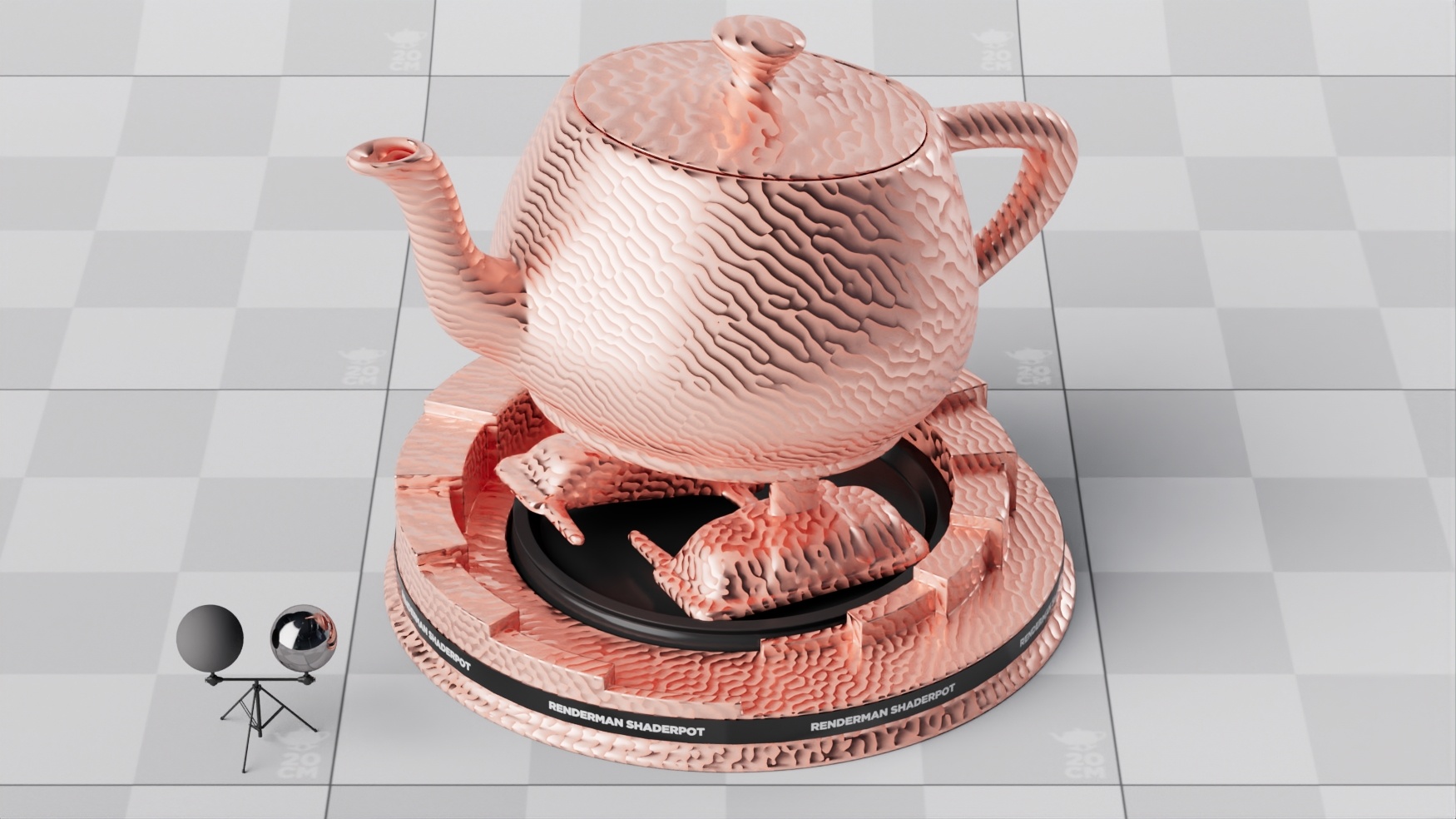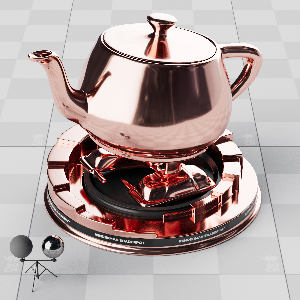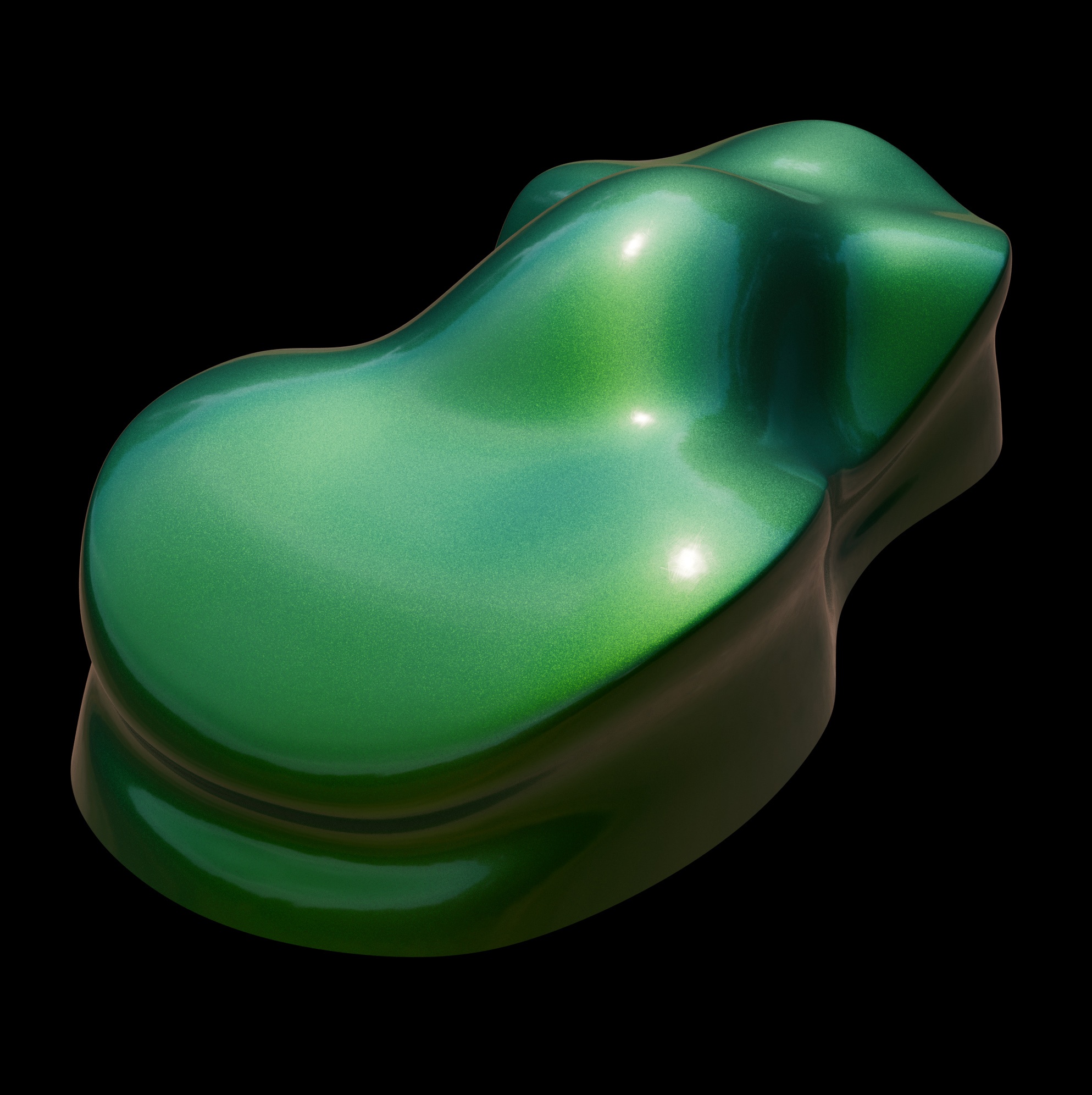Contents
This material is often used to create shiny or metallic surfaces.
Most attributes of metal can be created using this material alone or it can be used with other coatings to create materials like metallic car paint and similar layered surfaces when combined with a Lama layering utility node.
Conductor Properties
Conductor Tint
The correct way to color the material physically is using the controls under the Fresnel Mode selection. True metallic materials would retain the white color. Make subtle changes here to avoid losing all physicality as this control result is multiplied against reflected ways.
Fresnel Mode
This allows the artist to choose between an artistic control relying on a selected color or a scientific method that relies on a physical Index of Refraction setting. The result can be identical, just different methods.
Artistic
- Reflectivity - The color in the normal or directly facing viewing direction of the surface.
- Edge color - The color in the edge or glancing angle view of the surface.
Scientific
- IOR - The color in the normal or directly facing viewing direction of the surface defined using Eta or an IOR measurement of a metallic surface.
- Extinction - How the color of the surface changes from the direct to glancing view using a measurement referred to as Kappa, or extinction. White means no change.
Roughness
Microfacets or tiny bits of roughness can scatter light in a way that has a blurry result. The less rough, the mirror-like and smooth/slick the material may look. High values will simply look diffuse.
Normal/Bump
Here is where you supply a signal, either a texture or procedural pattern, to create a bump to the surface to "fake" surface details like small bumps or scratches. This means an artist doesn't have to model these tedious and often repetitious parts of a model.
Tail Parameters
Mix
How strong the reflection tail effect is as a linear measurement 0 to 1, or maximum strength
Length
How rough/wide the effect is from none at all to 1 or to none with a negative value.
Anisotropy Parameters
Anisotropy
Defines the strength of the anisotropy that may appear as a stretching effect, negative values are also accepted.
Direction
Overrides the built in surface direction using a signal from a pattern, may be referred to as "brushing direction" for brushed or textured metals.
Rotation
Rotates the direction (possibly defined above) 0 to 360 degrees around the surface normal.
Iridescence Parameters
Thickness
Adding material thickness (in nanometers) may cause iridescence to be visible, like a diffraction or "rainbow" effect.
IOR
The thin film effect defined above may have a measured Index Of Refraction that can be defined here.
Advanced Parameters
Exterior IOR
This defines the exterior medium IOR be it air (the default), water, or a layered material like a varnish on top using a Stack node.
Energy Compensation
This allows you to add energy to the result as microfacet or very rough materials may lose energy and artificially darken the result.
Surface Mollification
This defines the roughness based on curvature and may help reduce fireflies or bright pixels/artifacts in rendering.
Motion Mollification
This defines the roughness based on the motion of the object and may help reduce fireflies or bright pixels/artifacts in rendering.
Lobe Name
Defines the Arbitrary Output Variable (AOV) name for the resulting Light Path Expression (LPE)
Matte
This defines the name of the lobe output of the final lobe weight to an Arbitrary Output Variable (AOV)
Examples
Metallic Green Lama Car paint with Bump to Roughness



